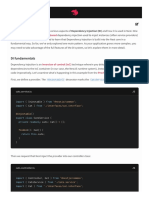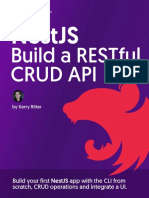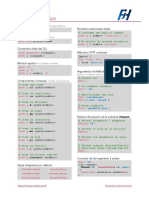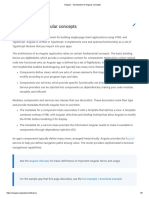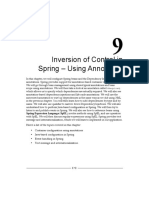0% found this document useful (0 votes)
7 views9 pagesProviders - NestJS - A Progressive Node - Js Framework
The document provides an overview of providers in NestJS, emphasizing their role in dependency injection and object relationships within the framework. It details the creation of a CatsService and its integration with a CatsController, along with various methods of defining and injecting providers. Additionally, it covers concepts such as custom providers, optional providers, and provider registration within a NestJS module.
Uploaded by
26. Nguyễn Tấn SửCopyright
© © All Rights Reserved
We take content rights seriously. If you suspect this is your content, claim it here.
Available Formats
Download as PDF, TXT or read online on Scribd
0% found this document useful (0 votes)
7 views9 pagesProviders - NestJS - A Progressive Node - Js Framework
The document provides an overview of providers in NestJS, emphasizing their role in dependency injection and object relationships within the framework. It details the creation of a CatsService and its integration with a CatsController, along with various methods of defining and injecting providers. Additionally, it covers concepts such as custom providers, optional providers, and provider registration within a NestJS module.
Uploaded by
26. Nguyễn Tấn SửCopyright
© © All Rights Reserved
We take content rights seriously. If you suspect this is your content, claim it here.
Available Formats
Download as PDF, TXT or read online on Scribd
/ 9

